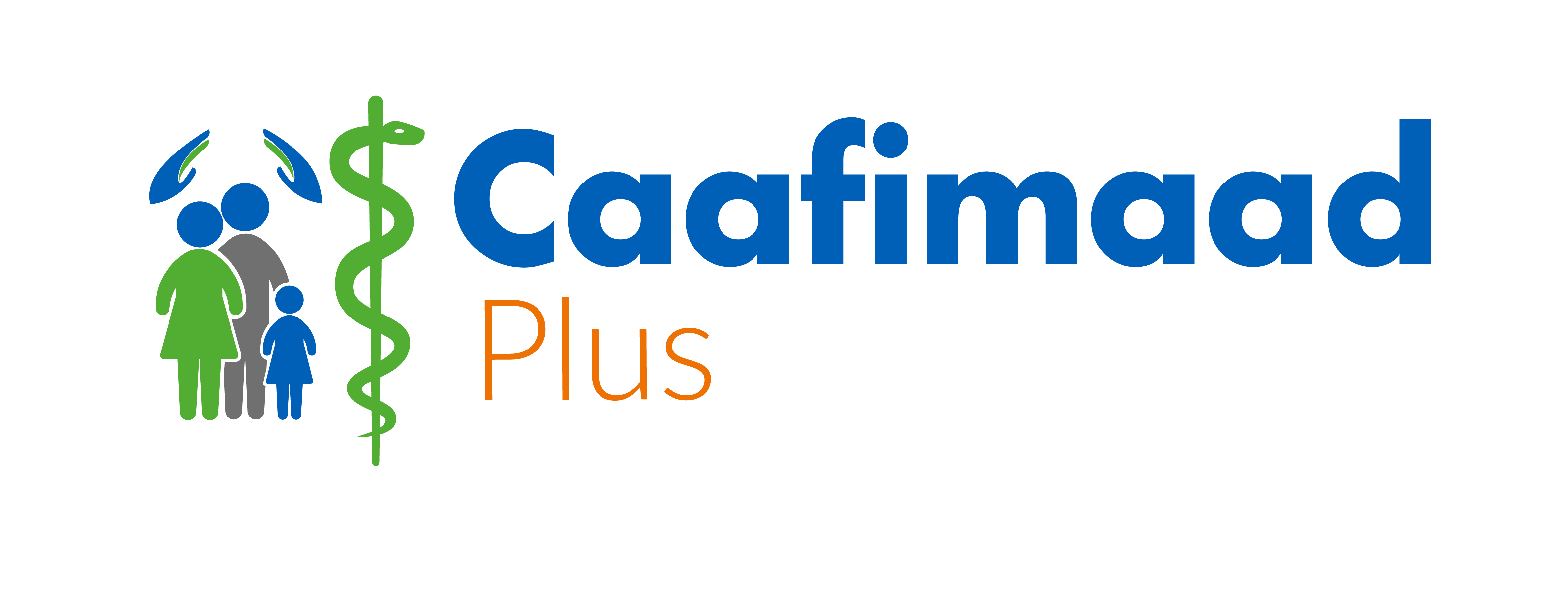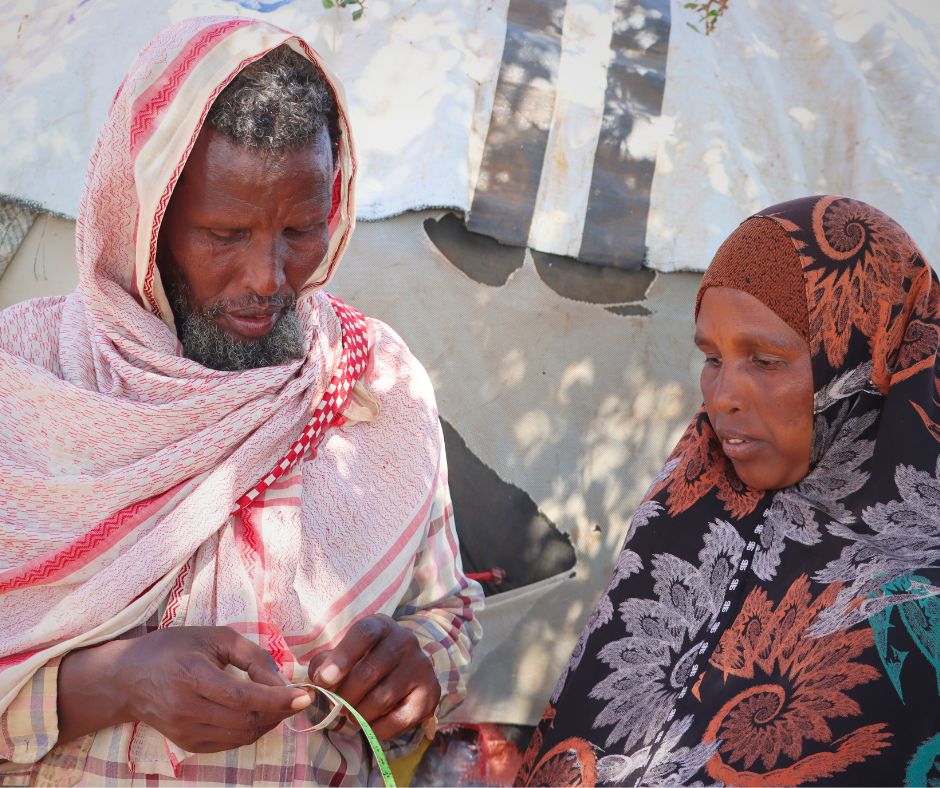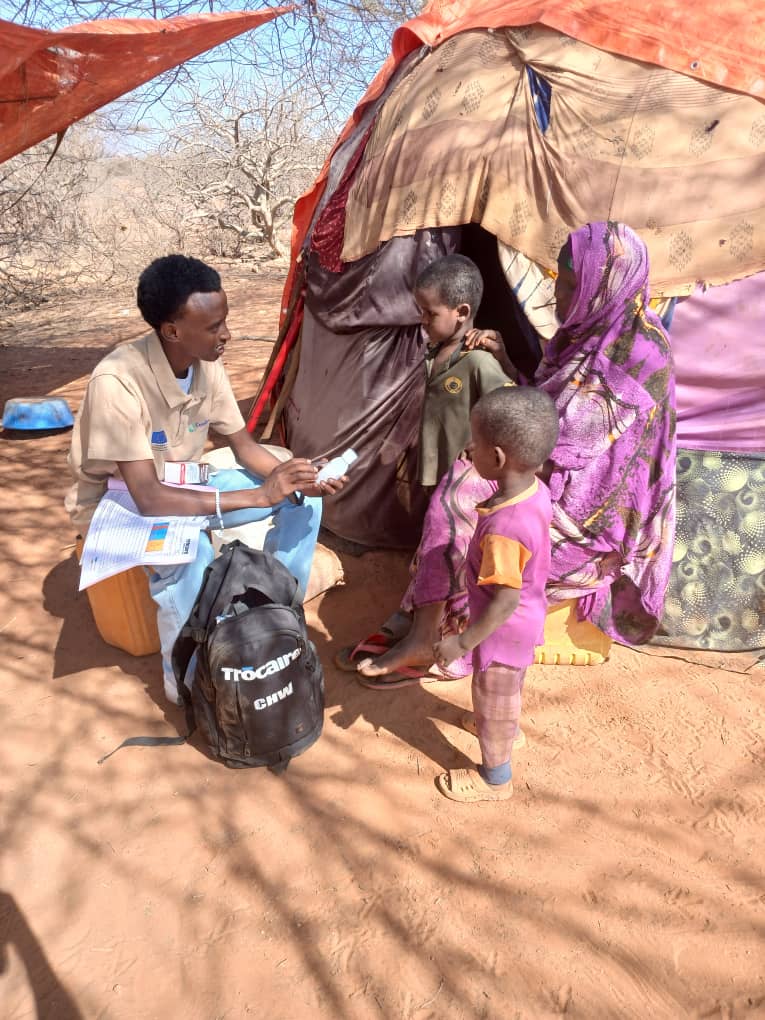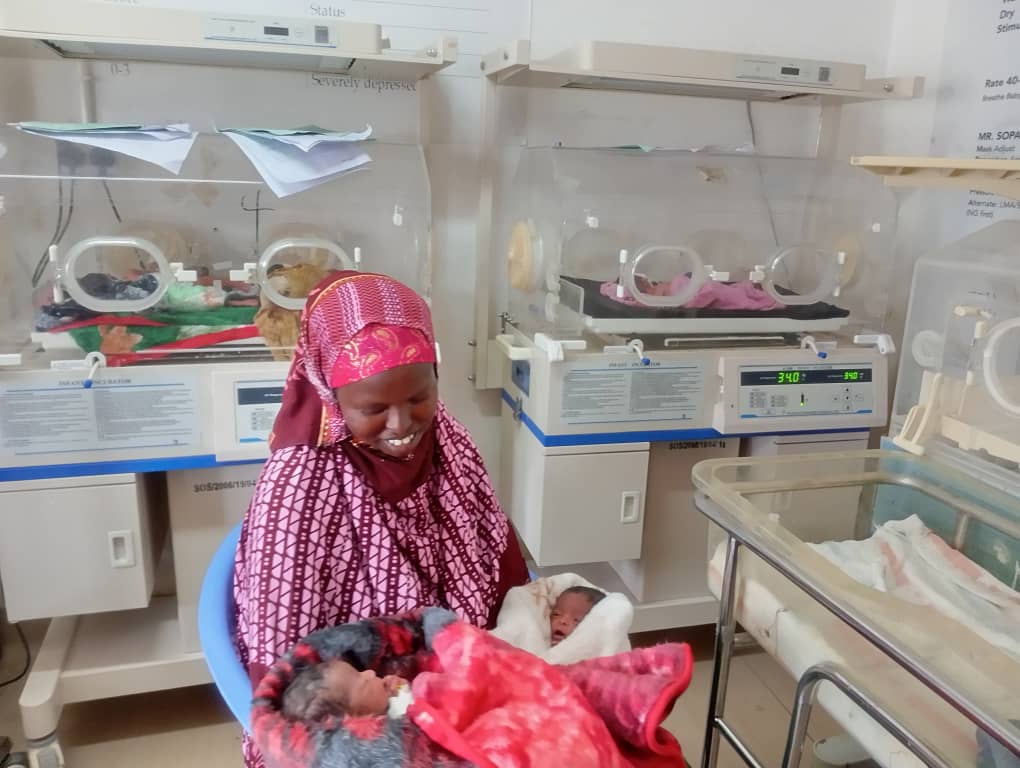The recent Gu’ (spring) rains of 2024 in Somalia, while providing much-needed relief, have resulted in devastating flooding that has severely affected farming communities. This has destroyed small-scale agricultural lands, disrupted road access, and led to reduced meal frequency and dietary diversity, negatively impacting nutrition levels. The crisis has also caused inflated food prices, making it increasingly difficult for low-income families to access sufficient and nutritious food, raising the risk of malnutrition, particularly among children.
In the small village of Waraabaale, near Afgoye District, the impact of climate change has been profound. After struggling with drought for about two years, the community now faces the devastating effects of the floods, with their maize and vegetable farming severely impacted. The limited food access has taken a heavy toll, with some families forced to move to urban areas in search of better living conditions.
For the family of two-year-old Culumo Cabdullahi, the food scarcity has been particularly damaging. Culumo, the youngest in the family, was unable to fight the hunger like the rest of her family, and her frail body suffered the consequences. Coughing, oral thrush, oedema grade three, and open skin lesions, Culumo was in dire need of specialized care.
Her mother brought her to the Jambalul mother and child hospital, where a health worker referred her to the Afgoye Stabilization Center, run by the Juba Foundation as part of the Caafimaad Plus Consortium.
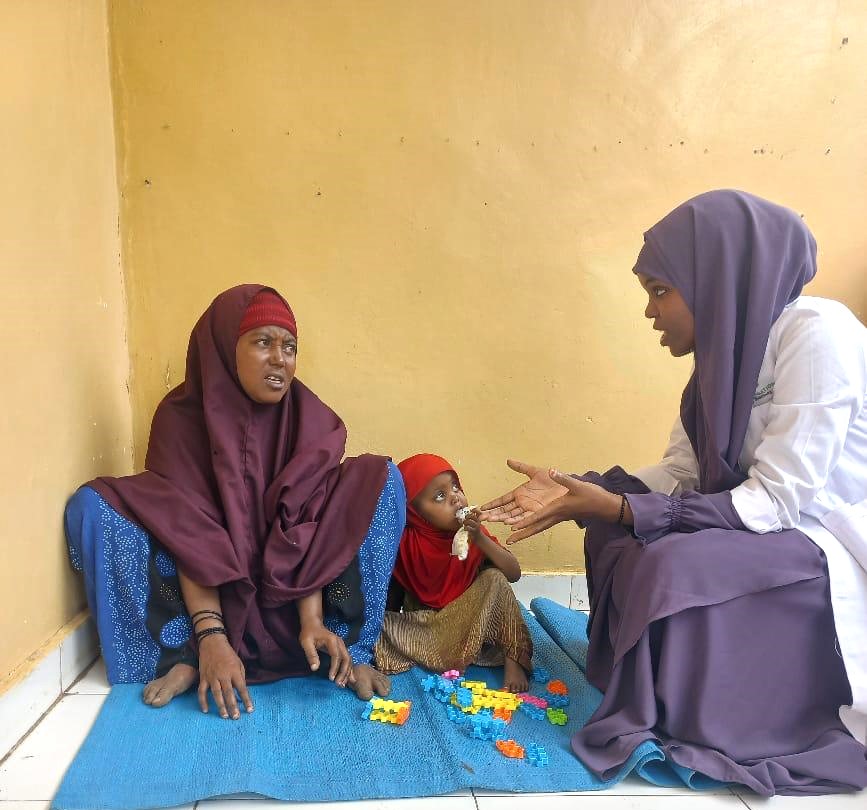
The Integrated services hold great significance for the affected families, as explained by one of the community influencers in the area. “Medication alone would not be enough to alleviate the burden of hunger in these communities,” said Rahma Abdullahi, a community influencer. “The availability of both health and nutrition programs is instrumental in saving lives, particularly for children under the age of five.”
At the Afgoye Stabilization Center, the medical team provided Culumo with the necessary treatment, including antibiotics, deworming tablets, and therapeutic milk, which nourished her body.
“Culumo started taking feed gradually,” expressed Asiya Mohamed, Culumo’s mother, with a sense of relief. “She began to show interest and desire for the food I was consuming,” she added.
“After 8 days of receiving the medication at the stabilization center, her appetite got better, and she started to stand and walk on her own in the child-friendly space within the facility,” Asiya added, her eyes filled with hope.
The Afgoye General Hospital, operated by the Juba Foundation with funding from the European Union Humanitarian Aid, provides integrated life-saving health, nutrition, WASH, and protection support. The hospital’s stabilization center and outpatient therapeutic program (OTP) have been crucial in addressing the malnutrition crisis in the region, which has been exacerbated by the recurrent floods.

According to the OCHA Gu rainy season 2024 Flash Floods Update report, the Southwest region is the worst affected, with 163,400 people affected, at least 37,120 displaced or relocated, and seven children killed in 11 out of 22 hotspot districts across Somalia. The Caafimaad Plus Consortium (the biggest health consortium in Somalia consisting of six NGOs), of which the Juba Foundation is a part, has put plans in place to respond to emergencies like the floods, drought, and outbreaks, coordinating with partners and pre-positioning supplies and deploying health workers to mitigate catastrophic damage and loss of life.
Culumo is now radiating with a healthy glow, signaling her recovery. Her mother will maintain contact with the health facility for some time to avoid any potential relapse. However, thanks to the feeding counseling sessions Aasiya participated in, Culumo is expected to continue improving her health and condition.
